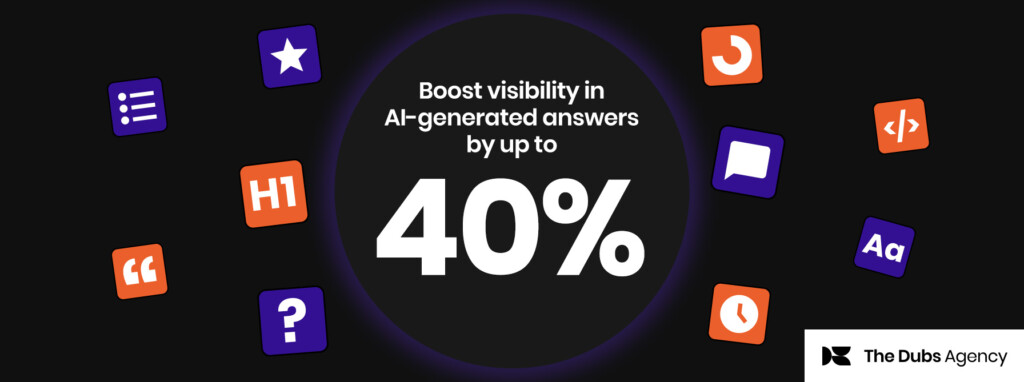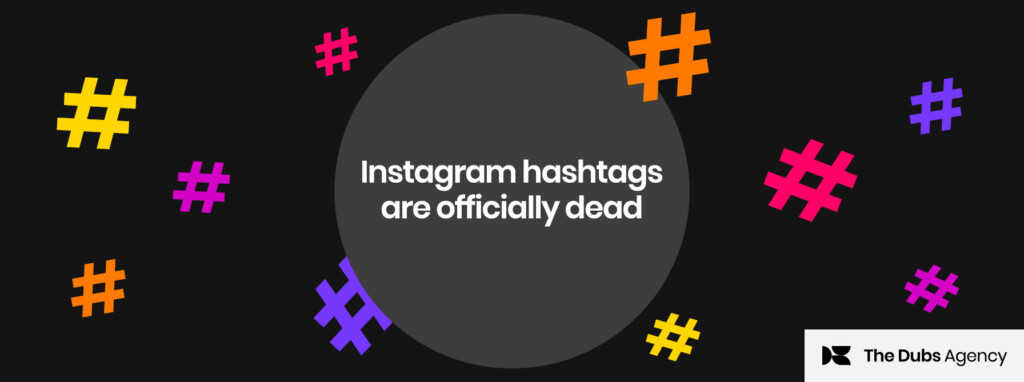Banks run entirely via apps. International money transfers powered by blockchain. Investments accelerated by cloud-based software.
Fintech brands are disrupting traditional financial institutions at lightning speed. And the impact isn’t limited to products and services. Fintech finance content is setting a new precedent in terms of the content delivered but how it’s delivered, too.
We take a look at fintechs across the globe that are changing the face of finance content marketing.
How is Mogo Money’s content strategy different and disruptive?
Wine meets financial literacy: adulting 101 with Mogo Money
When you become an adult two things come into focus: the amount of money in your bank account and the quality of wine in your glass. Mogo Money, a Canadian fintech, put these together and came up with Adulting 101, a party series. In 2015 and 2016 in cities across Canada, guests spent evenings learning about booze from a sommelier and about money from a financial coach.
When you become an adult two things come into focus: the amount of money in your bank account and the quality of wine in your glass.
Since then, Mogo Money has held regular events – from an art show with MDWMN women’s community to a live performance art piece featuring runaway brides. There’s even a MogoLounge, dedicated to building a community around art, culture and education. Events are transformed into videos and shared via social media.
Why does it work?
Mogo Money’s content disrupts the idea that money talk is dry, technical and an enemy to the arts. Rather than merely saying that financial responsibility brings peace of mind, the events show it.
And the company’s numbers suggest this approach is working. In 2019’s first quarter, Mogo Money’s core revenue increased by 57% to $16.4 million, compared with $10.8 million in 2018’s first quarter.
How is Pelikin’s content strategy different and disruptive?
Travel content meets travel money: seeing the world with Pelikin
Launched in Australia in 2018, Pelikin is a start-up travel money app and debit card. It stores up to five currencies, tracks spending habits, facilitates split bills and works at international ATMs – for free on withdrawals of $AU200 or more.
Pelikin’s content strategy is dedicated to travel, rather than money. And, steering away from idealised stories and filtered photos, the blog features honest, funny, no-holds-barred first-person accounts. There’s no skipping over uncomfortable details like overpriced drinks, overcrowded hostels and spots to avoid.
Why does it work?
With the Internet flooded with #bliss and #inspo, gritty travel stories – a la Hunter S Thompson – cut through. Pelikin’s content speaks to the millennial thirst for adventure over predictable clichés. That said, the company is still in start-up stage, so the strategy’s long-term success remains to be seen. Watch this space.
How is R3’s content strategy different and disruptive?
Blockchain meets education: R3
R3, a New York-based software technology consortium, is on a mission to get every company on the planet using blockchain via Corda, R3’s open-source platform.
Although blockchain is growing, it’s yet to hit the mainstream. So, half of R3’s battle is persuading the masses. Consequently, the company’s content strategy is a relentless, multi-faceted, educational one, made up of in-depth blog posts, white papers, webinars, podcasts, community-initiated meet-ups and CordaCon, an annual conference.
Why does it work?
R3’s comprehensive approach ensures its content is accessible to everyone – be they readers, listeners, talkers or socialisers. In addition, the strategy is establishing R3 as a global leader in blockchain education, which establishes its authority and reliability.
As with Mogo Money, the numbers talk. Having started with just nine companies in 2015, R3 now has more than 300 in its consortium. Just this month, the company announced a new partnership with Mastercard that will see the two giants develop an international payments platform powered by blockchain.
Is your content strategy a disruptor or traditionalist? Does it still embody your mission as a company? Could it be time for an imaginative new approach? We can help you establish a strategy that will ensure you lead, not follow, get in touch.
Related articles
- The BrickX story: how the fintech is winning consumer trust
- Acorns and Cheddar leading the fintech revolution
- 3 financial content marketing trends to master by 2020
Image: Universal Pictures









